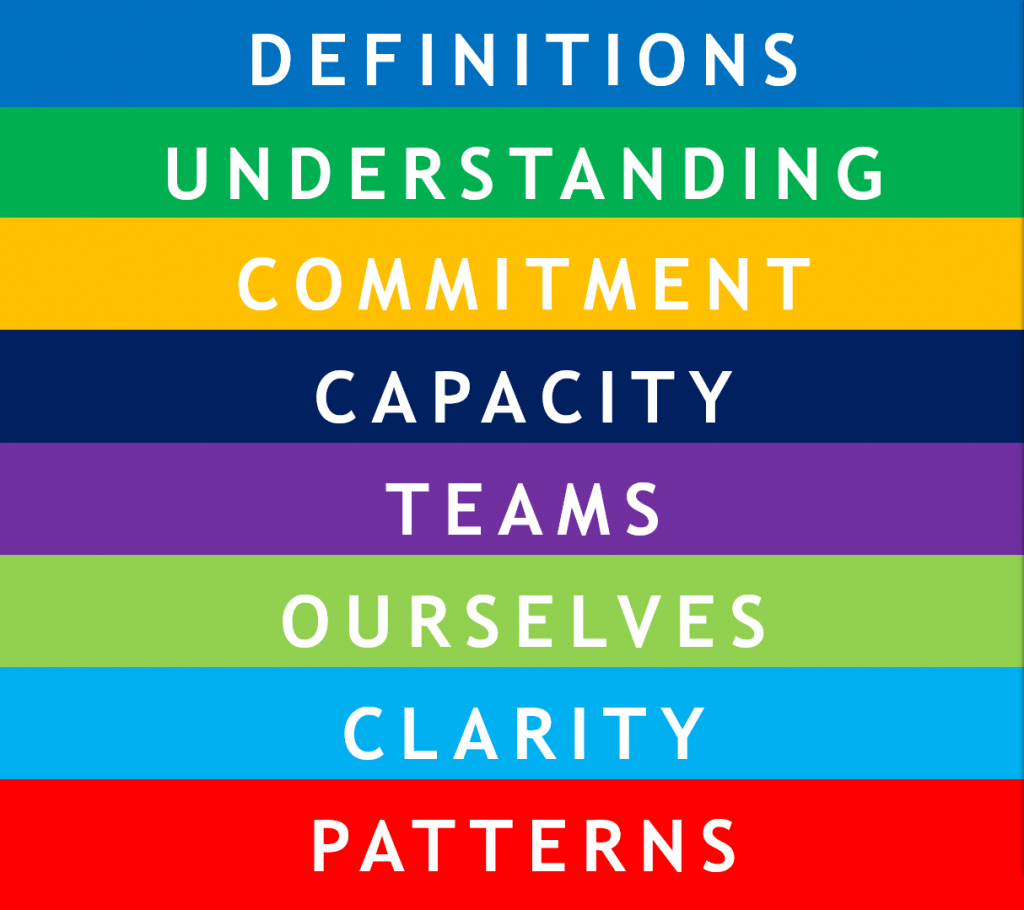Cascading the Building Blocks of Service Excellence
When we ask our teams to deliver excellent service, it’s important to explain what “excellent service” means for your organization. To build on the explanation and increase the understanding and delivery of service that goes above and beyond, employees benefit from ongoing communication about standards of service. Providing excellent service is core to an organization’s success and should always remain a focus of leadership and teams.
At What’s Right in Education, Superintendent, Dan Woestman presented the following Building Blocks of Cascading Service Excellence to attendees. Watch this video clip as he reviews the 8 key elements of continuously focusing on excellent service.
At What’s Right in Education, Superintendent, Dan Woestman presented the following Building Blocks of Cascading Service Excellence to attendees. Watch this video clip as he reviews the 8 key elements of continuously focusing on excellent service.







